Some Of The Most Intriguing Figurines Left By Prehistoric Civilizations
Strange ancient discoveries and archaeological artifacts fascinate people, probably because it’s all too simple to develop intriguing reasons for how and why things exist.
Year after year, experts have been seeking solutions to these five odd figure collections that have left people in amazement. Numerous theories exist about the origin and manufacture date of these ancient objects.
1. Sapi Stone Figures ‘Somali.’
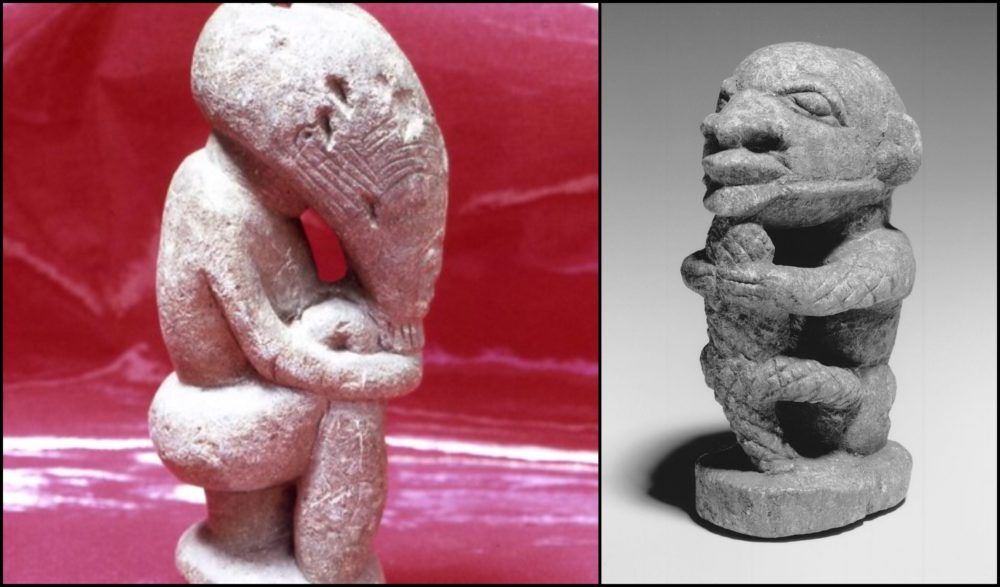
Sierra Leone, West Africa, is where it was discovered.
A magnificent collection of stone figure antiquities known as “Somali” was discovered buried in the earth in southern Sierra Leone and is thought to have been created by the country’s first inhabitants. Large heads cantilevered forward from the neck, huge eyes, a broad meaty nose, and thick lips distinguish them semi-human beings.
The exact date of its creation has been a matter of conjecture. According to some estimations, these numbers are exceedingly ancient, going back as long as 17,000 BC.
However, certain features of the figures, such as the high melting temperatures that would have been required to create them and the presence of steel manipulated into perfectly spherical balls, suggest they were made by a civilization that was advanced for its time if they were made around 17,000 BC.
2. In Japan, Dogu Figures Have Been Discovered
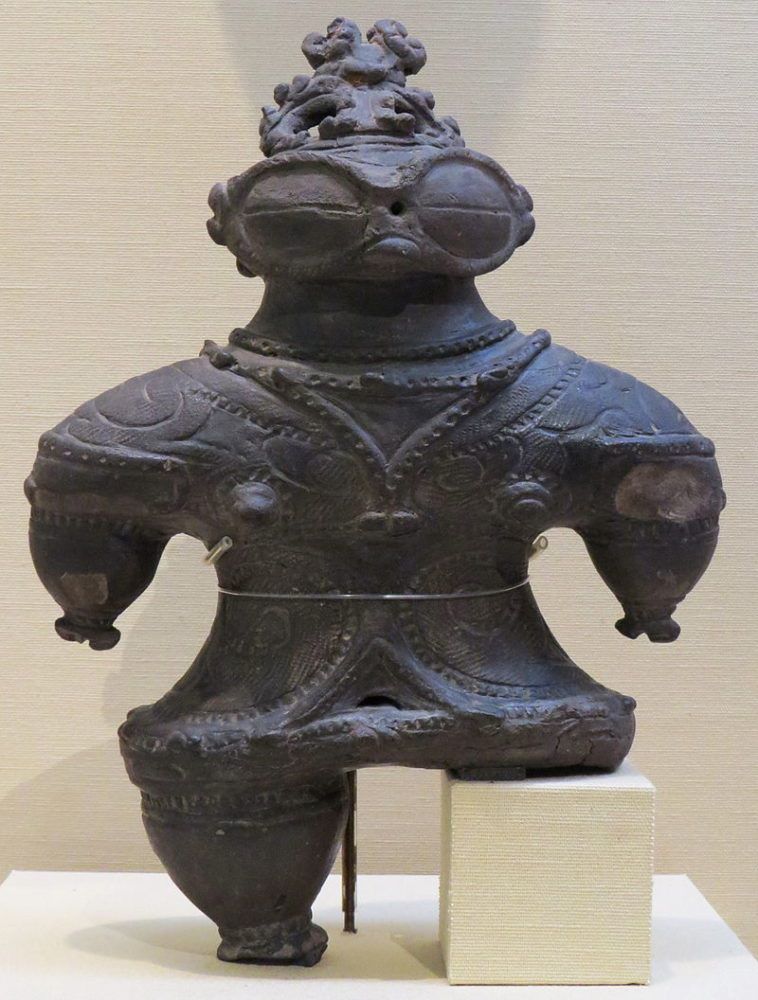
Ceramic human- or animal-like figures from the late Jomon period (14,000–400 BC) in Japan. Around 15,000 have been unearthed all around the nation in diverse forms, made of clay and ranging in height from 10 to 30cm.
Shikoku, also known as goggle-eyed Doku, gets its name from the figure’s eyes, which resemble traditional Inuit snow goggles. Scholars have characterized them as appearing like “spacemen” because of their enlarged eyes and resemblance to a humanoid in a spacesuit.
The majority are feminine, with large eyes, tiny waists, and broad hips. They are frequently covered in tattoo-like designs. Many look to have enlarged breasts and pregnant tummies.
Although hypotheses exist, Dogu’s function is unknown.
Some scholars think they are connected to shamanic ceremonies and reproductive practices. Others believe they were utilized the same way as Voodoo dolls, with the living’s ailments and misfortunes being transferred to the figurines.
3. A lizard-like figure from the Ubaid culture was discovered in Iraq
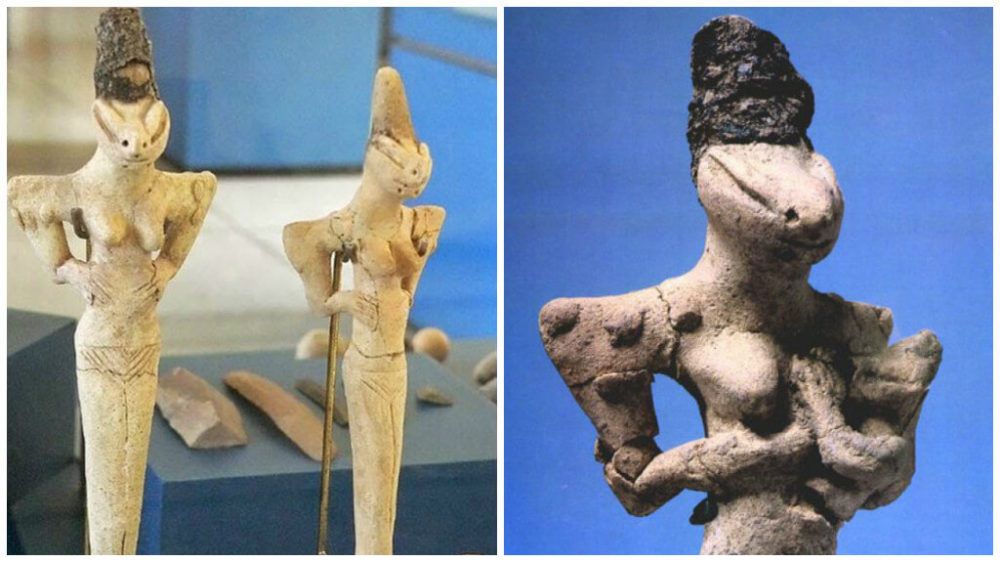
A handful of Ubaid sculptures discovered at Al Ubaid, an archeological site in Iraq, portray strange, lizard-like humanoid beings in unceremonious attitudes that suggest they were not gods (like Egypt’s animal-headed deities), but rather a race of lizard people. Naturally, the sculptures have been linked to legends and beliefs about reptile aliens that formerly roamed the world (and perhaps still do, according to conspiracy theorists). Even though this appears implausible, their real nature remains unknown.
The figures are characterized by long heads, almond-shaped eyes, long tapering faces, and a lizard-like nose. It’s impossible to say what they stand for. According to archaeologists, their positions, such as a female figure breastfeeding, do not show that they were ceremonial artifacts. So, what were these lizard-like entities supposed to represent? They appear to have been essential to the ancient Ubaidians, whatever they were.
4. In Serbia, Mysterious Vinca Figurines Have Been Discovered
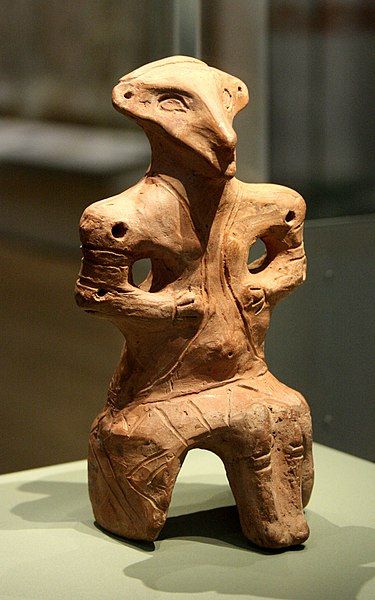
The Vinca-Todos Culture in Yugoslavia and western Romania existed from 6000 BC to 3000 BC. They took its name from the hamlet of Vinca on the Danube River, barely 14 kilometers downstream from Belgrade.
Curious masks and the most informative costumed figurines depict strange-looking men and women in highly modern clothing such as narrow skirts and sleeveless upper-body panels, complemented hip belts, aprons, jewelry pieces, shoe caps, hairstyles, and so on, are part of the Vinca legacy.
Because Vinca’s language has yet to be translated, excavated artifacts are the only way to learn about their society.
5. Ghanaian terracotta sculptures
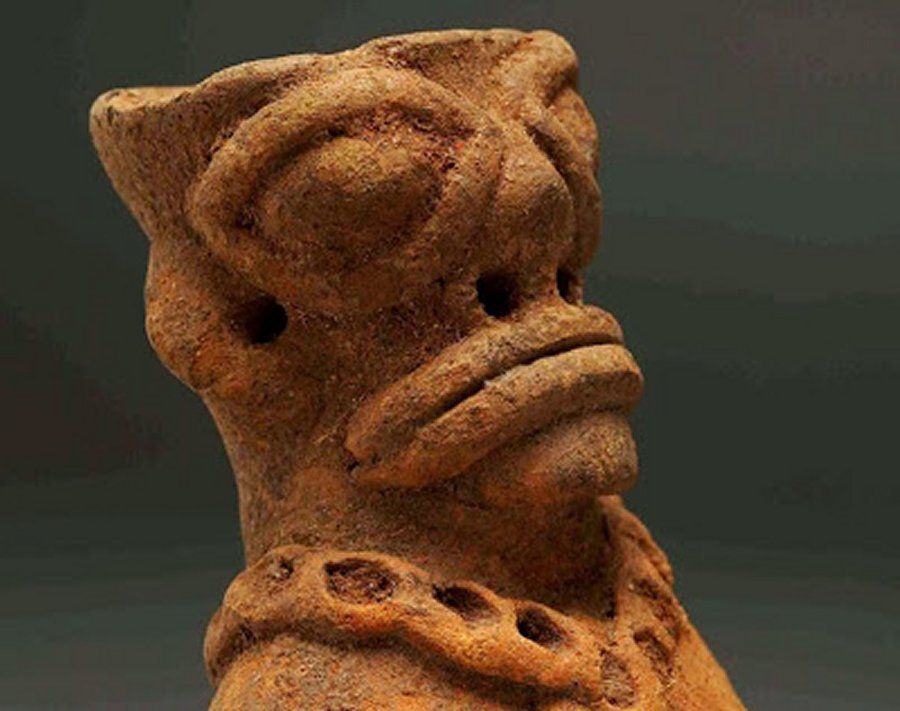
Ancient terracotta figures discovered in Ghana, constructed by an unknown culture, are considered classic depictions of prehistoric African art.
According to the researchers, the majority of the sculptures discovered are thought to represent ancestral figures, humans, or even animals. The most important aspect of these findings is that they disclose a great deal about the ancient civilization’s weaponry, hairstyles, and clothes.
From researching the figurines, there are several signs of a large scale of spiritual and ceremonial activities in these places. Many of these old works of art include hollow chambers, suggesting that these materials were formerly used to pour holy goods during ceremonies.



